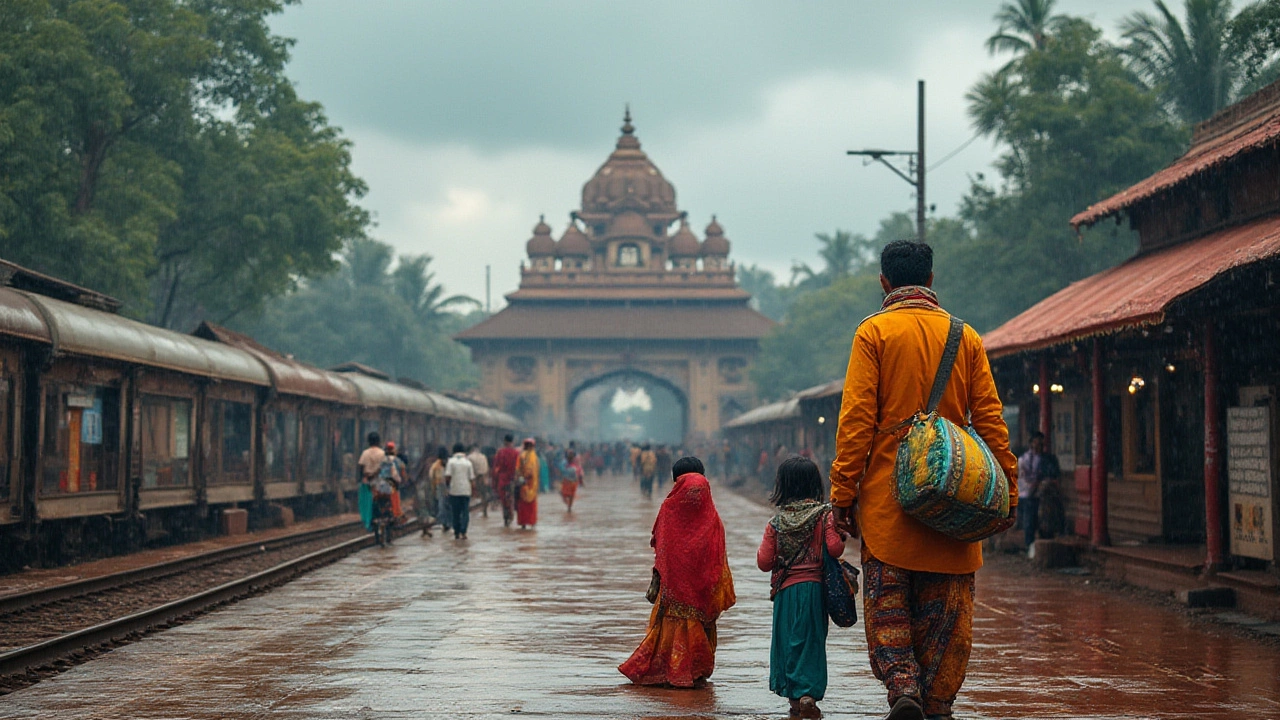SEARCH
Best Time to Visit India – When to Go for Every Region
India is huge, so the weather changes a lot from place to place. Picking the right month can mean cooler temps, fewer crowds, and cheaper stays. Below you’ll find quick, practical advice for each major part of the country.
North India: Cool Peaks and Warm Plains
For the Himalayas and hill stations like Shimla, Manali, and Leh, aim for May to early October. The snow melts, the roads open, and the views are crystal clear. If you love trekking, late June to September is prime, but bring rain gear for occasional showers.
The plains – Delhi, Agra, Jaipur – are best enjoyed from October to March. Winters are dry and mild, perfect for exploring forts, markets, and the Taj Mahal without sweating. Temperatures can dip below 5°C at night in some spots, so pack a light jacket.
South, East & Central India: Sun, Rain, and Green
South India’s coastal and back‑water areas (Kerala, Goa, Karnataka) shine from November to February. The humidity drops, sea breezes feel pleasant, and festivals like Pushkaram add extra color. If you prefer a beach vibe with fewer crowds, early March works too, but expect hotter days.
The monsoon (June to September) brings life to the landscape of the Western Ghats and the Konkan coast. It’s great for waterfalls and lush views, but travel can be slower and some roads may close. For inland spots like Hyderabad or Madhya Pradesh, the dry season from October to March offers comfortable weather.
East India – Kolkata, Bhubaneswar, and the tribal regions of Odisha – is most enjoyable from October to March. This period avoids the oppressive heat of summer and the heavy rains of July‑August. Winter festivals like Durga Puja add a cultural boost.
Practical tip: Book flights and hotels at least two months ahead for peak season (October‑March). For shoulder months (April‑May or September‑October), you’ll find better deals and still decent weather.
When planning your itinerary, check local festival calendars. A trip during Holi, Diwali, or Navratri can give you unforgettable experiences, but also larger crowds and higher prices. If you don’t mind the buzz, time your visit accordingly.
Finally, always keep a simple raincoat or an umbrella in your bag. Even in the “dry” months, sudden showers can appear, especially in coastal areas. A quick dry‑off keeps your day on track.
With these pointers, you can match your travel style to India’s varied climate and make the most of every region. Happy planning!

Cheapest Time to Travel to India: The Best Month for Budget Trips
Find out which month is cheapest to travel to India, with insider tips on flights, weather, and festivals to save money and have an unforgettable adventure.
Continue reading